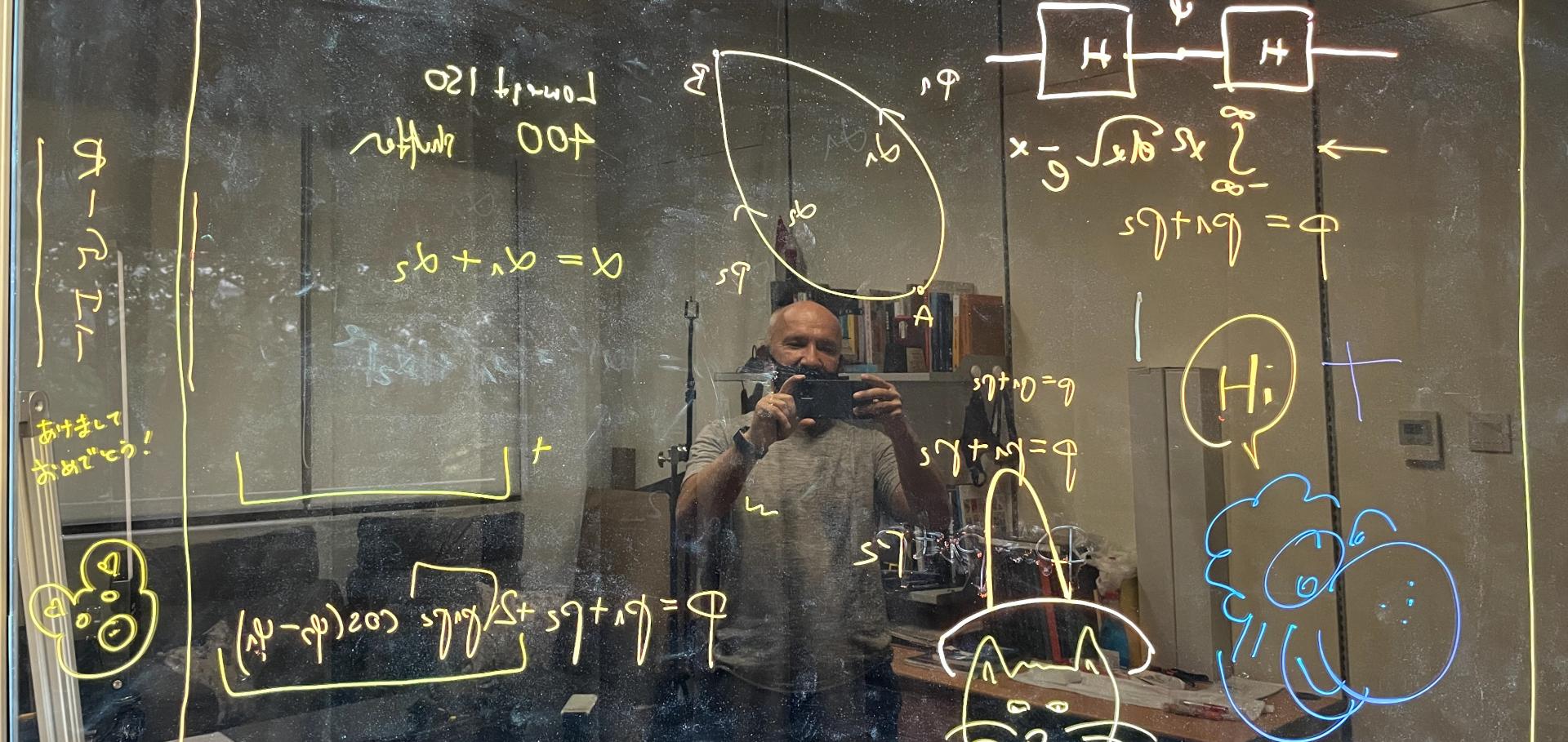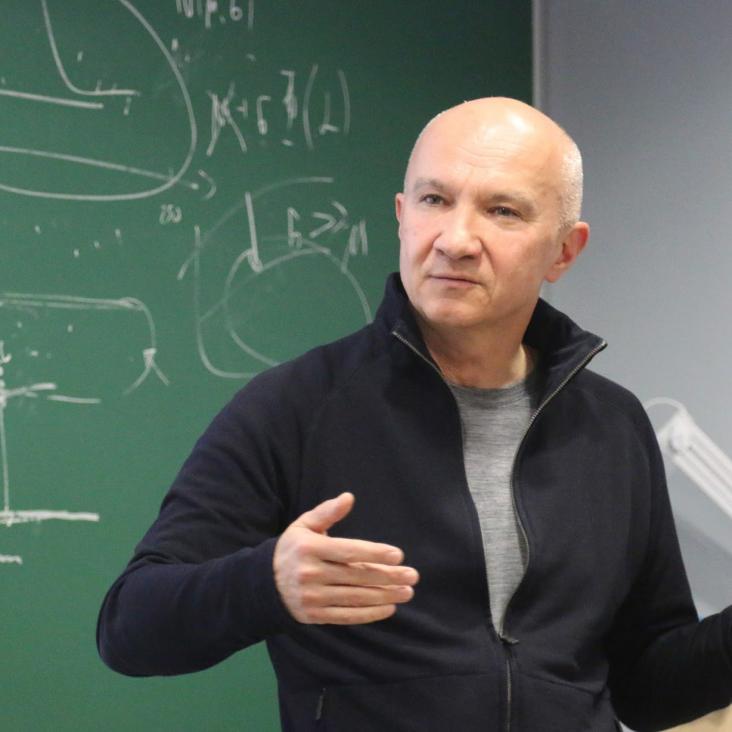Scalable quantum computation with cavity QED systems
Physical Review A - Atomic, Molecular, and Optical Physics 62:3 (2000) 1-11
Abstract:
We propose a scheme for quantum computing using high-Q cavities in which the qubits are represented by single-cavity modes restricted in the space spanned by the two lowest Fock states. We show that single-qubit operations and universal multiple qubit gates can be implemented using atoms sequentially crossing the cavities. ©2000 The American Physical Society.Basic concepts in quantum computation
ArXiv quant-ph/0011013 (2000)
Abstract:
Section headings: 1 Qubits, gates and networks 2 Quantum arithmetic and function evaluations 3 Algorithms and their complexity 4 From interferometers to computers 5 The first quantum algorithms 6 Quantum search 7 Optimal phase estimation 8 Periodicity and quantum factoring 9 Cryptography 10 Conditional quantum dynamics 11 Decoherence and recoherence 12 Concluding remarksGeometric quantum computation
J MOD OPTIC 47:14-15 (2000) 2501-2513
Abstract:
We describe in detail a general strategy for implementing a conditional geometric phase between two spins. Combined with single-spin operations, this simple operation is a universal gate for quantum computation, in that any unitary transformation can be implemented with arbitrary precision using only single-spin operations and conditional phase shifts. Thus quantum geometrical phases can form the basis of any quantum computation. Moreover, as the induced conditional phase depends only on the geometry of the paths executed by the spins it is resilient to certain types of errors and offers the potential of a naturally fault-tolerant way of performing quantum computation.Geometric phases for mixed states in interferometry.
Phys Rev Lett 85:14 (2000) 2845-2849


